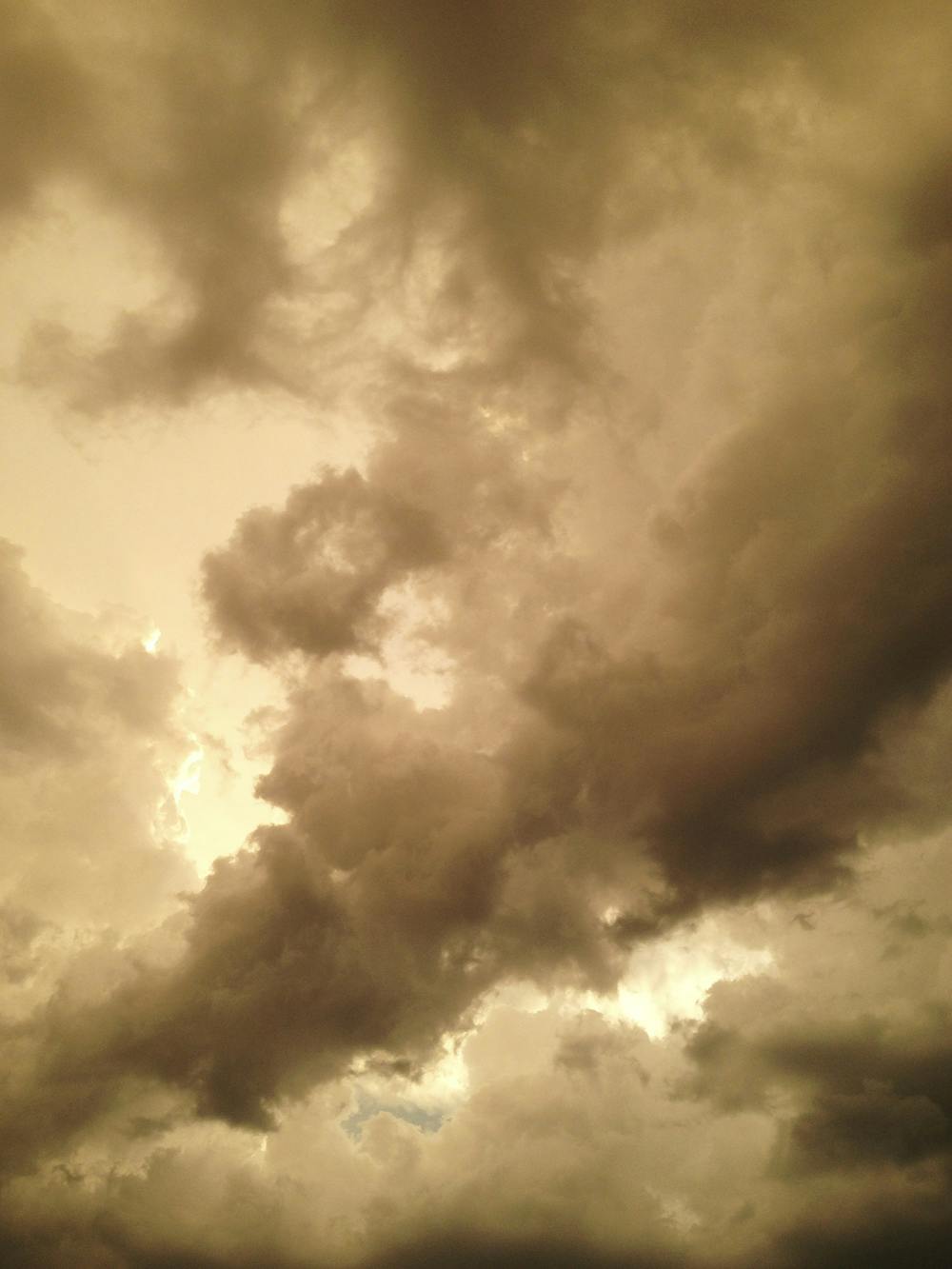Electrifying evidence shows Florida is still on top as the deadliest state in the nation for lightning strikes.
Alachua County has had numerous thunderstorms in the past week, resulting in severe weather where lightning, rain and wind have all been threatening factors. Many lightning casualties occur because people do not seek shelter soon enough, according to the National Oceanic and Atmospheric Administration.
“The bottom line is that if you hear thunder, you can be struck,” said Al Sandrik, warning coordination meteorologist with the National Weather Service.
At about 5 p.m. Saturday, a large lightning storm passed through the area. Gainesville Police officers responded to 49 calls related to downed trees, down wires and flooding indicative to the poor weather, GPD spokesman Ben Tobias wrote in an email.
Lightning is a real issue to Floridians, as reports have stated Florida is still the deadliest state for lightning strikes with four deaths this year, according to the National Weather Service. Nationally, nine deaths have been lighting related.
“Our concern is that people have a tendency to become complacent,” Sandrik said. “Any lightning is dangerous.”
The recent weather in the area is a mixture of two occurrences, one is the El Nino, a water-warming phenomenon that develops in the Pacific Ocean, Sandrik said. Additionally, weather patterns that bring storms from the Gulf of Mexico to the east are subjecting Florida.
“What really makes Florida so prone to lightning is that Florida is a peninsula,” Sandrik said.
The Atlantic sea breezes and the Gulf of Mexico air collide and create lightning, and most peninsulas experience these collisions.
WRUF chief meteorologist Jeff Huffman said a storm over Micanopy produced a lightning strike that hit near UF’s campus.
The weather service also says to seek proper shelter immediately if you hear thunder, and lightning often strikes more than 3 miles from the center of the thunderstorm, whereas “bolts from the blue” can reach farther.
Being underneath a tree is actually the second leading cause of lightning casualties, according to the service’s myths and facts sheet.
“Lightning can strike up to 10 to 15 miles away from the rain of a thunderstorm,” Huffman said. “Lightning can strike even if it’s not raining.”
[A version of this story ran on pages 1 - 4 on 7/10/2014 under the headline "Surge in storms produce lightning"]
Clouds form a storm above the Museum Walk apartment complex in September.






